SOURCE: RAUNAK KUNDE / NEWS BEAT / IDRW.ORG
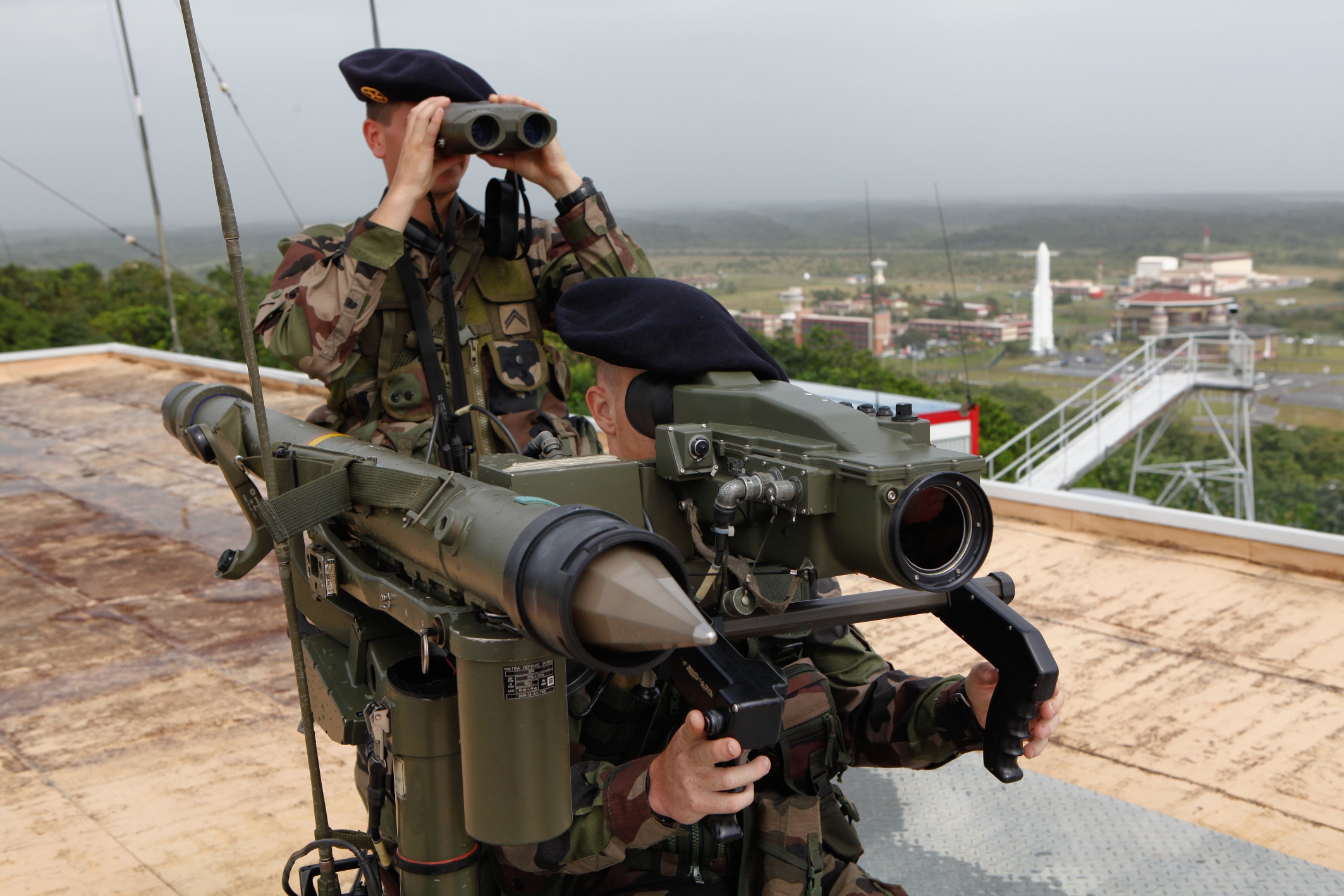

France is making a strategic push to leverage India’s growing defence manufacturing capabilities. This move aims to establish a long-term partnership focused on co-production and export of weapon systems.
The French government is actively encouraging its Military-Industrial Complex (MIC) to explore partnerships with Indian private companies. The goal is to manufacture French weapons in India, specifically for export to third-party countries.
Continue readingSOURCE: RAUNAK KUNDE / NEWS BEAT / IDRW.ORG
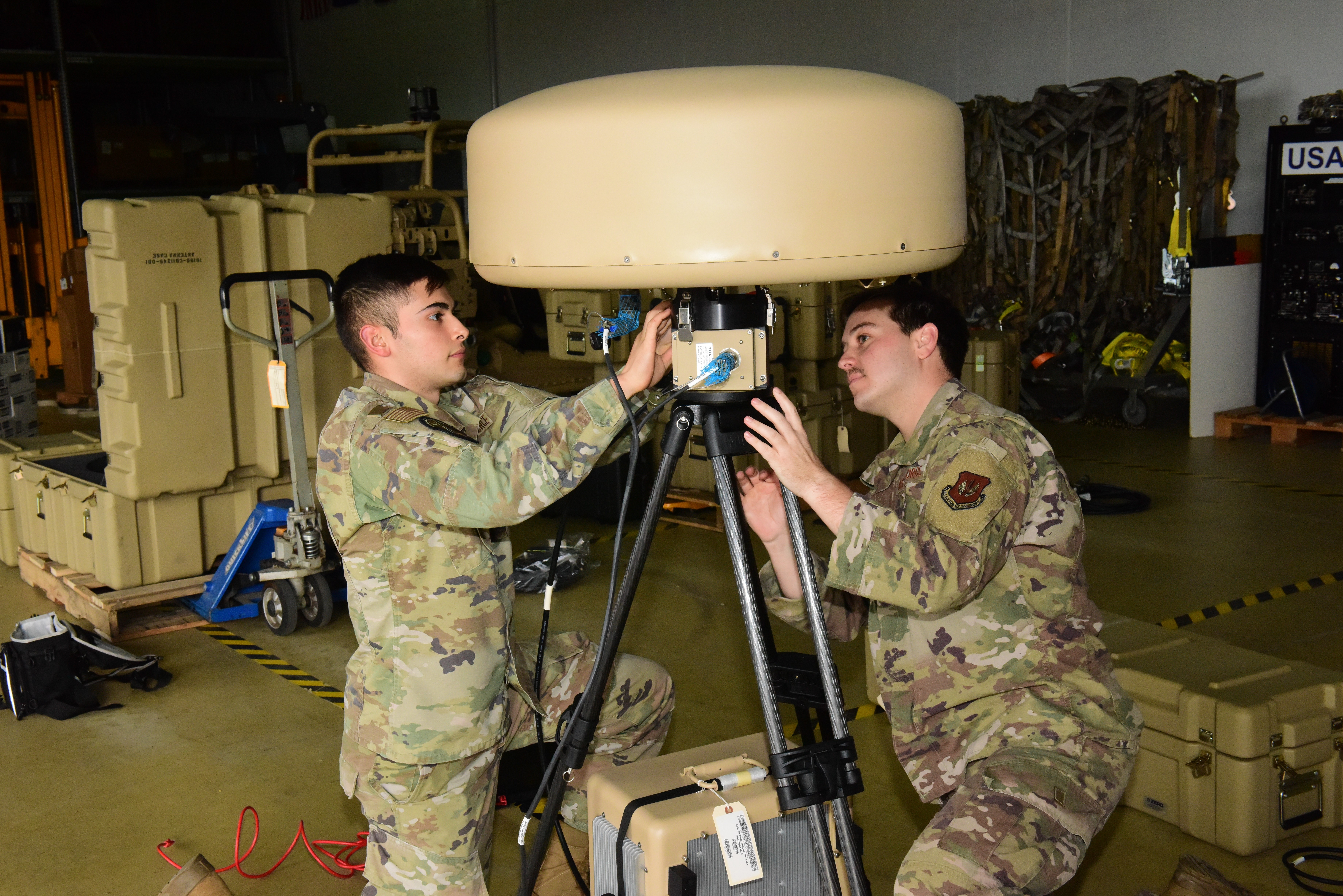

NIBE Ltd has secured a significant business agreement with Thales USA to supply the Indian Navy with the MM-7000 TACAN (Tactical Air Navigation) equipment and related services. This state-of-the-art system promises to revolutionize navigation capabilities for the Indian Navy.
The MM-7000 TACAN system boasts a unique feature that sets it apart from previous iterations – its convenient man-portable configuration. This innovative design makes it the lightest, smallest, and most mobile TACAN ground station currently available.
Continue readingSOURCE: IDRW.ORG.


India’s Defence Research and Development Organisation (DRDO) is bolstering the country’s missile defense capabilities with the establishment of a new test centre in Junput village, West Bengal. This project comes in response to the increasing demands on the existing Integrated Test Range (ITR) located in Chandipur, Odisha.
The new facility in Junput, strategically situated on the Bay of Bengal similar to Chandipur, will provide an additional operational area for testing various weapon systems. Latest satellite imagery reveals significant progress at the Junput site, particularly the construction of a launch pad. This launch pad is specifically designed to fire target ballistic missiles in support of upcoming tests of India’s Ballistic Missile Defence (BMD) systems.
Continue readingSOURCE: IDRW.ORG.
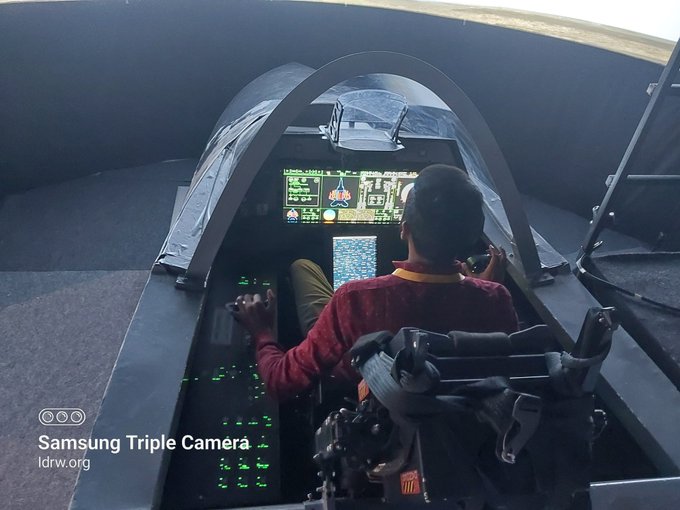

The Indian government’s “strategic partnership” policy aims to invigorate the defense sector by fostering private sector participation through joint ventures with foreign companies. This approach seeks to blend domestic capabilities with advanced foreign technologies to enhance India’s defense production capacity. However, the practical implementation of this policy, particularly the use of Special Purpose Vehicles (SPVs), has led to considerable hesitation among private companies. Several factors contribute to this reluctance, highlighting the need for a more conducive environment for private participation in defense production.
Indian defense projects are inherently complex, involving substantial upfront investments. Technological challenges, protracted development cycles, and uncertain market conditions create a high-risk environment for private firms. The SPV model exacerbates these risks by placing a significant financial burden on private entities. Establishing and managing an SPV requires considerable resources and investment, which can be daunting given the uncertain returns. This financial strain is a critical deterrent for private companies considering entering the defense sector.
Continue readingSOURCE: RAUNAK KUNDE / NEWS BEAT / IDRW.ORG
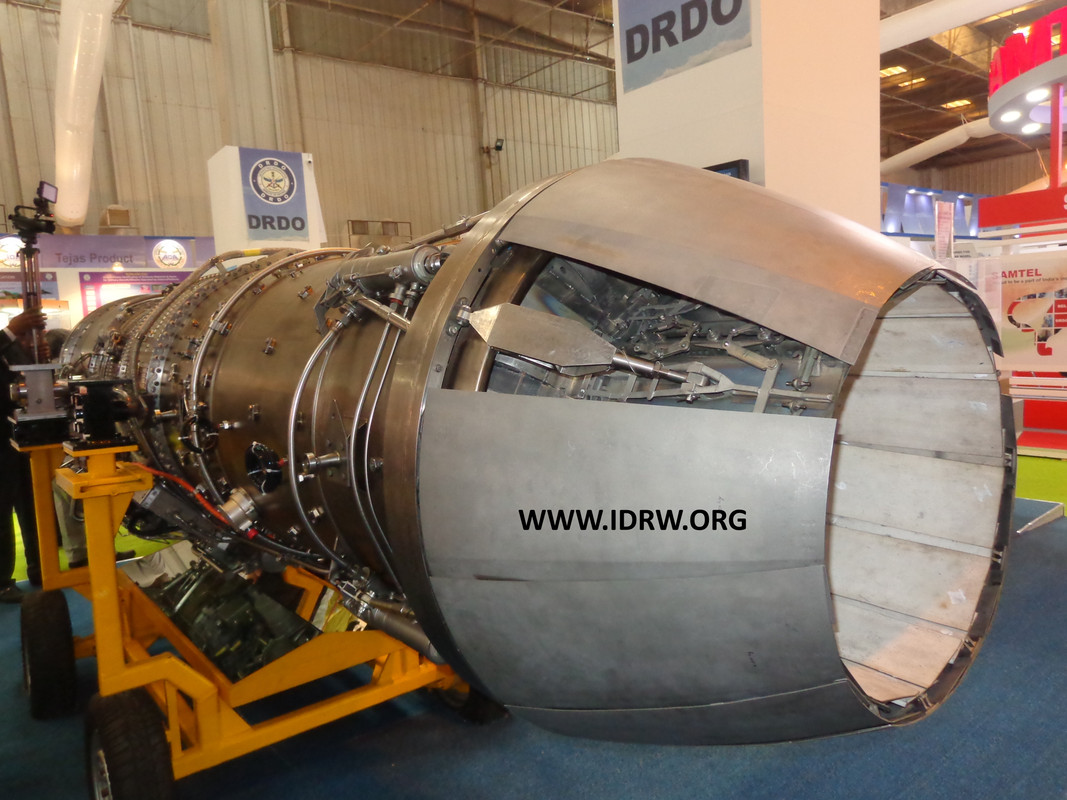

In a significant development, Dr. Samir V. Kamat, Secretary of Defence Research and Development (DD R&D) and Chairman of the Defence Research and Development Organisation (DRDO), has announced plans to integrate a Dry Kaveri engine derivative into the LCA-Tejas Trainer aircraft. This integration will serve as a crucial step in advancing India’s indigenous engine technology, though it is not intended as a replacement for the existing F-404 engines in operational fighter jets.
The integration of the Dry Kaveri engine derivative into the LCA-Tejas Trainer aircraft is part of a coordinated effort between DRDO and the Gas Turbine Research Establishment (GTRE). This initiative aims to utilize the trainer aircraft as a Flying Testbed, enabling extensive testing and refinement of the engine in real-flight conditions.
Continue readingSOURCE: RAUNAK KUNDE / NEWS BEAT / IDRW.ORG
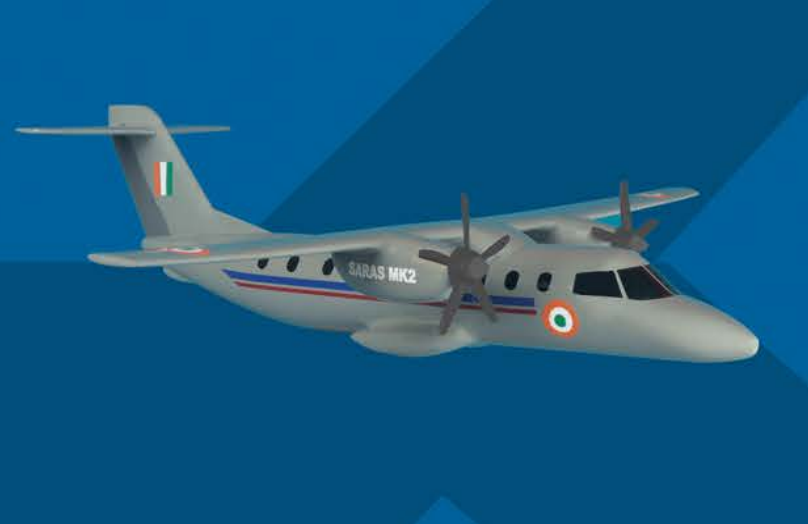

Hindustan Aeronautics Limited (HAL) is gearing up for the commencement of manufacturing for the Saras MkII, a 19-seater aircraft designed to bridge air connectivity gaps in India’s hinterland regions. This indigenous project, spearheaded by the Council of Scientific and Industrial Research-National Aerospace Laboratories (CSIR-NAL), is poised to take Indian civil aviation to new heights.
The project is expected to gain significant momentum later this year with the release of the final aircraft drawings. CSIR-NAL has already placed orders for crucial components and avionics, paving the way for a smooth transition into manufacturing.
Continue readingSOURCE: RAUNAK KUNDE / NEWS BEAT / IDRW.ORG
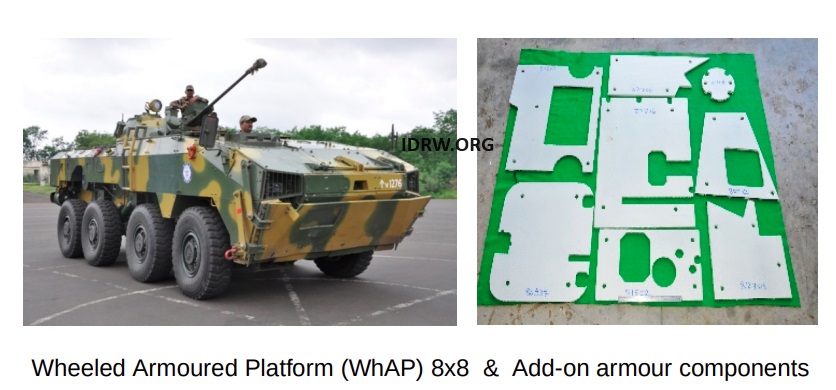

The Defence Research and Development Organisation (DRDO) has taken a significant step forward in protecting Indian soldiers with the development of lightweight add-on composite armour for the WhAP 8×8 wheeled armoured platform. This innovative technology offers several advantages and positions India at the forefront of indigenous defence solutions.
The new armour, designed specifically for the WhAP, significantly enhances the vehicle’s survivability. When integrated with the existing vehicle structure, it protects against ballistic threats as defined by STANAG 4569 at Level II and Level III. This translates to increased crew safety against a wider range of weaponry.
Continue readingSOURCE: IDRW.ORG.
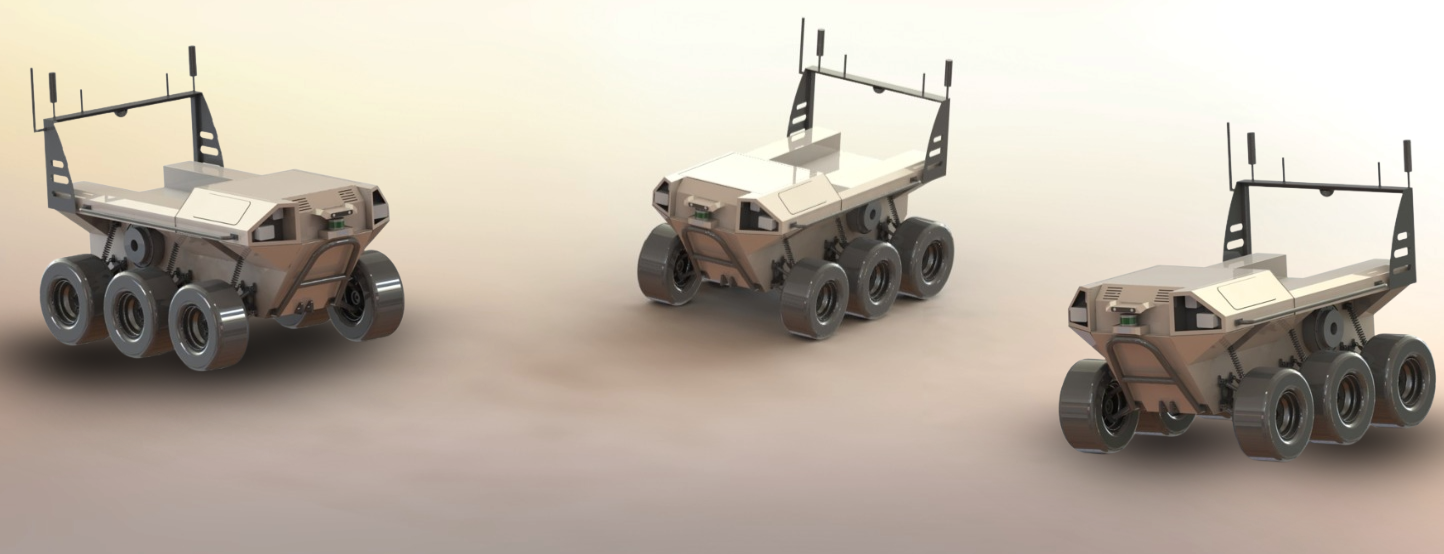

Edgeforce Solutions Private Limited, a Hyderabad-based company, is making significant strides in the field of demining with its innovative Remotely Operated Mine Protected Vehicle (ROMP-V). This unmanned platform holds immense potential for revolutionizing mine clearance operations, safeguarding personnel and enhancing efficiency.
The ROMP-V is a specialized mission support platform specifically designed to tackle the complexities of mine clearance. Remote operation eliminates the need for personnel to enter hazardous minefields, significantly reducing the risk of injury or death from detonations.
Continue readingSOURCE: IDRW.ORG.
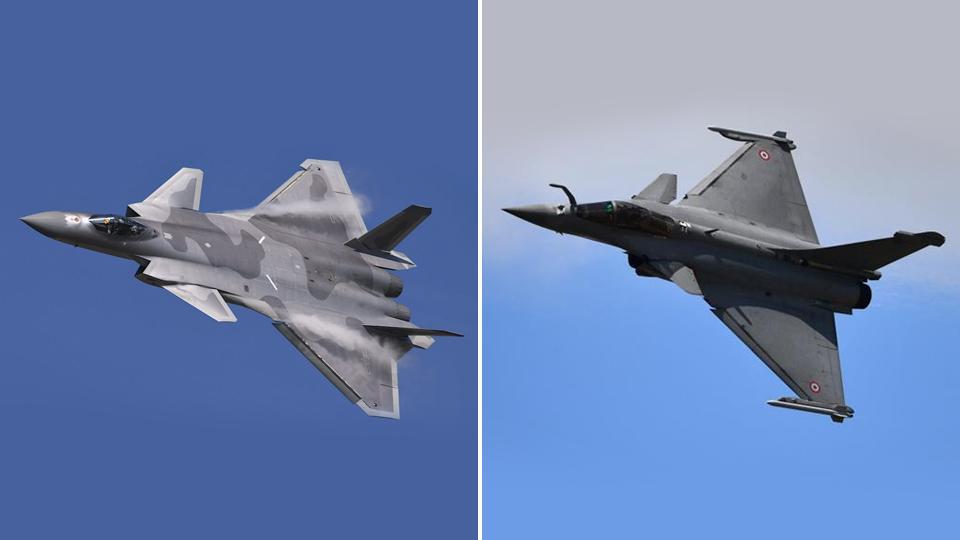

Former Indian Air Force Chief, Air Chief Marshal RKS Bhaduria, has shed light on the aerial tensions during the 2021 standoff with China near Ladakh. In a recent statement, he revealed that the Rafale fighter jets, India’s most advanced aircraft at the time, played a central role.
According to Bhaduria, when the situation escalated, the Rafales were India’s strongest aerial defense. He further stated that China responded swiftly to their deployment. As soon as the first Rafale landed in Leh, China reportedly deployed four of their latest J-20 stealth fighters. This tit-for-tat escalation continued, with China deploying 20 J-20s by the time India had positioned four Rafales.
Continue readingSOURCE: RAUNAK KUNDE / NEWS BEAT / IDRW.ORG


India’s strategic outlook in the Indian Ocean Region (IOR) is taking a significant leap forward with plans for a new fleet of nuclear attack submarines (SSNs). This program, reportedly initiated in 2015 by the Cabinet Committee on Security (CCS), aims to bolster India’s “overall deterrence capability” in the region.
The new SSNs will complement India’s existing nuclear triad, which comprises land-based ballistic missiles, nuclear-powered ballistic missile submarines (SSBNs), and now, nuclear attack submarines. The SSNs are likely to be constructed at the secretive shipbuilding centre (SBC) in Visakhapatnam (Vizag), where India’s SSBNs are currently under development.
Continue readingSOURCE: RAUNAK KUNDE / NEWS BEAT / IDRW.ORG
COMBINEDOPERATIONSOFINSVIKRAMADITYAANDINSVIKRANTRGVB.jpg)

Indian Defence Minister Rajnath Singh recently announced ambitious plans for the Indian Navy, outlining a potential future with four operational aircraft carrier groups in the next 15 years. This significant expansion goes beyond the previously envisioned three-carrier force, aiming to solidify India’s naval presence in the strategically important Indian Ocean Region (IOR).
The Indian Navy has long desired three carrier battle groups, strategically deployed on the western and eastern seaboard with a third undergoing maintenance. However, Minister Singh’s announcement suggests a potential addition of two to three more carriers, pushing the total to four or five.
Continue readingSOURCE: RAUNAK KUNDE / NEWS BEAT / IDRW.ORG

India’s defense landscape is witnessing a transformation, driven by the development of the ASMI, the nation’s first indigenously designed, developed, and manufactured 9×19 submachine gun. This groundbreaking achievement, spearheaded by the visionary Colonel Prasad Bansod of the Indian Army, marks a significant shift towards self-reliance in small arms production.
The ASMI story transcends the creation of a single weapon. It signifies a new era of innovation within the Indian Army. Until now, the army primarily relied on the Defence Research and Development Organisation (DRDO) or state-owned Public Sector Undertakings (PSUs) to fulfil its weaponry needs. However, the success of the ASMI project demonstrates the potential for in-house design and development capabilities.
Continue readingSOURCE: IDRW.ORG
)

In a landmark development for defense cooperation, the United States and India are in advanced talks for a $3.99 billion deal to acquire MQ-9B drones. This potential agreement underscores the deepening strategic partnership between the two nations and highlights India’s commitment to enhancing its surveillance and reconnaissance capabilities.
The MQ-9B drone, developed by General Atomics Aeronautical Systems, represents the cutting edge of unmanned aerial vehicle (UAV) technology. Known for its long endurance, high-altitude capabilities, and multi-mission versatility, the MQ-9B is equipped with advanced sensors and precision-guided munitions. These features make it an invaluable asset for intelligence, surveillance, reconnaissance (ISR), and combat missions.
Continue readingSOURCE: IDRW.ORG


India has issued a Notice to Airmen (NOTAM) signifying a potential missile test scheduled for sometime between June 13th and 15th, 2024. The specific area of operation is designated as a 430-kilometer zone within the Bay of Bengal.
While details surrounding the exact nature of the test remain undisclosed by DRDO (Defence Research and Development Organisation), speculations point towards the testing of either the air-to-air BrahMos missile or the Rudram-III air-to-surface missile launched from a Su-30MKI fighter jet.
Continue readingSOURCE: RAUNAK KUNDE / NEWS BEAT / IDRW.ORG
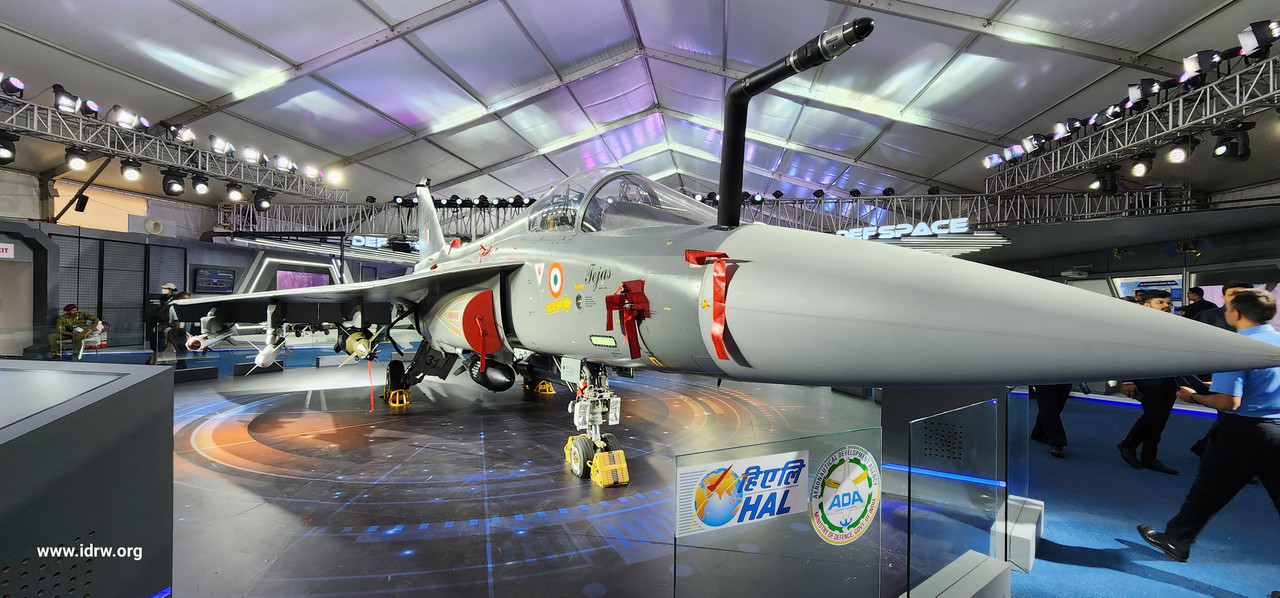

The Indian Air Force’s (IAF) potential order for 97 LCA Tejas Mk1A fighter jets by the end of FY25 has sparked questions about its impact on the future of the Tejas Mk2 variant.
Jayadeva EP, DGM at HAL, has addressed concerns about a potential conflict between the Mk1A and Mk2 programs. He emphasizes that the 97 Mk1A jets will be procured in the Mark 1A configuration, distinct from the more advanced Mk2 variant.
Continue reading